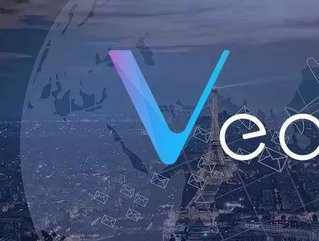How Vechain technology is changing the supply chain industry

Technology has always played an important role in helping industries develop, grow, and operate with greater efficiency. For the supply chain sector, a type of such technology is revolutionising the way it operates, too. It’s called Vechain, and we take a look at how it works.
What is Vechain technology?
Firstly, it’s important to establish what Vechain technology is in order to know how it affects the supply chain sector. Vechain technology was developed mostly to address insecurities faced by many business and enterprise owners, more specifically in a transaction process.
It is divided into three sections. These are real-time supply chain tech, cryptocurrency, and the Vechain platform. The developers of Vechain have also used distributed ledger technology (DLT) to improve the product life cycle management and supply chain protocols. Vechain provides businesses with the opportunity to track a large amount of data and can be bought using trading pairs.
One feature that distinguishes Vechain from other technologies is the fact that it has the ability to blend centralisation with decentralisation. This provides users with high-speed transfers, transparent information flows, and efficient collaboration.
The advantages of using Vechain over other crypto technologies
In addition to combining centralisation with decentralisation, Vechain has several other desirable advantages that help the supply chain industry. One such advantage is Radio Frequency Identification (RFID).
By adopting RFID sensors and tags, Vechain is able to track essential data while it’s being transferred. Factors such as temperature, location, and shipment movements are broadcast across the Vechain blockchain. This means that shipments of supplies are less likely to go missing.
Another advantage that helps Vechain make a sizeable impact on the supply chain industry is its use of the Internet of Things (IoT) and DLT technologies. The first to adopt both technologies, Vechain uses IoT to comprise all of the smart device networks used globally. IoT, as well as DLT, also allows for the movement of a large chunk of data from one user to another.
Vechain also uses the dual token strategy. While not an advantage as such, this strategy works by turning tokens into digital cash when Vechain is purchased. This cash can then be spent on the Vechain platform itself or for paying for network services. However, it is essential for users to have a number or the Vechain token to fully be able to track their supply chain operations successfully.






